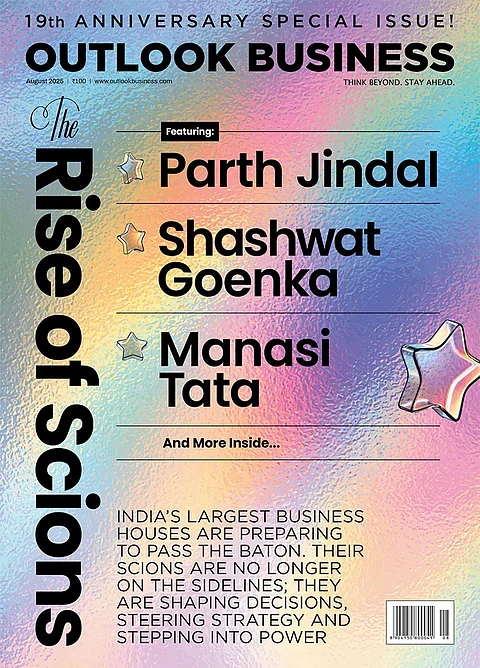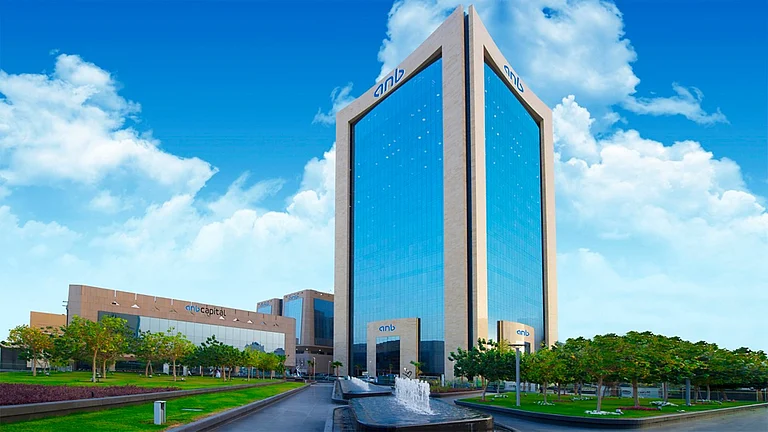In the white goods and consumer product segments, there are new realities that a manufacturer faces. It is not enough to sell a product at a price that is both profitable to the maker, and attractive to a buyer. The approach is to adopt a product-plus strategy, and provide an end-to-end solution for the lifecycle of the product. It is akin to a cradle-to-grave option for a customer, so that the manufacturer builds in the entire costs – from sale to final disposal of the junk product – into the pricing structure. CMA Pirooz Movdawalla, CFO, Godrej & Boyce Mfg. Co. Ltd., explains the reasons.
Most Indian customers, apart from a small section, and unlike those in the West, use products for years, even decades. A household can use an AC for 15-20 years. Locks sold by Godrej & Boyce last for generations. In addition, a company needs to provide a free warranty period. Although AMCs provide services in the post-warranty period, they cannot be priced too high. Then, there is the final disposal after a product is junked, given the environmental concerns. The company needs to reach out to a buyer at this stage, and educate the person about disposal.

Hence, for most part of the product lifecycle, 20 to 100 years, a manufacturer like Godrej & Boyce behaves like a service, rather than a product company. The pricing structure of a product, therefore, needs to include the service-related costs over a lifecycle. This needs to be in-built in the initial price that a customer pays when he buys the product. One cannot ask the buyers to regularly pay for future services, apart from low-priced AMCs. “It is the responsibility of the finance team to suggest pricing models that are attractive to customers, and beneficial to the company. The price of a product can be neither too high nor too low,” explains Movdawalla.
He cites the example of a forklift, which is also sold like a service, rather than a product. Godrej & Boyce provides the driver and fuel for the lifecycle. The IoT sensors detect unusual parameters that indicate possible problems, and the company rushes in for the requisite maintenance. Customers, who include mining and infrastructure companies, are guaranteed a minimum uptime, and the seller takes away the “headache” of running the forklift. “We have a rental plan that guarantees minimum specified uptime levels so the customer is assured the machine is available 24x7”. The customer can pick and choose a plan. His interests are aligned with those of the seller,” explains Movdawalla.

This strategy links up to the CMA dimension of deploying new and modern tools of cost management, which connect to pricing models to service a product during its lifecycle. In the area of environment management, the company touches upon two other CMA dimensions – shifting from compliances to proactive performance, and measuring (quantifying) and managing value creation in the process.
Most companies feel that efforts such as managing (reduce and recycle) the use of water and energy, and initiating land fills entail additional costs. “At Godrej & Boyce, we believe that such global objectives can be a way to improve profits. They are not a surcharge on operations. We have a clear strategic direction and firm conviction that if we spend to protect the environment, the gains are more than what we spend,” explains CMA Movdawalla. Sustainability and profitability are not mutually exclusive, and companies need to look at new ways to do business. For example, if Godrej & Boyce recycles leftover paint, it saves costs while simultaneously benefiting the environment.

However, it is crucial to quantify such environment-positive measures, which include water recycling, rainwater harvesting, and managing effluents and harmful gases. Godrej & Boyce has devised multiple performance metrics related to measuring the environmental impact. The finance team quantifies the effects of sourcing wood from sustainable forestry, using no wood if possible, and elimination of CFCs. In case of effluents, no harmful chemicals are released, and all effluents are recycled or rendered harmless to the environment. To measure energy consumption, there are meters on machines to measure efficiency levels. Everything is mapped and monitored.
“We realize that given the Climate Change concerns, there will be future regulations, as was the case with Carbon Credits. We think it is better to drive changes before they become mandatory – as we did with CFCs – and put numbers on them. This enables the finance team to make a case for the shift towards sustainability, through facts and figures. We are the market leaders, we have survived for more than 125 years, we need to implement these changes, before we are forced to,” explains Movdawalla. Once such measures are translated into financials, using metrics and knowledge, the costs-related impacts are obvious.
The more challenging tasks relate to marketing issues. In some cases, there are increases in upfront prices of the products. For example, an environmentally-friendly AC may cost more than competitors, but during its lifecycle the power consumption will be considerably lower. Hence, a company needs to gauge how many buyers will be willing to pay more initially, and what kind of price premium it can demand. In addition, potential buyers need to be educated about the lifecycle benefits – more savings in power over years, compared to initial premiums. “The customer will not subsidize us for our environment-related efforts. He needs to understand the benefits,” says Movdawalla.
Godrej & Boyce has a long history of innovation, ever since it made soaps from vegetable oils, rather than animal fat, in 1918. It has spanned generations through sustainable and innovative strategies. With 15,000 employees, many of whom are technicians or engineers, the company creates a virtuous cycle, with support from lenders, consumers, and regulators. The finance team, claims Movdawalla, manages people and processes to achieve these objectives. “We are disruptive. We are proud of our achievements. We are merely limited by our ability to visualize the future.”












 Just one email a week
Just one email a week